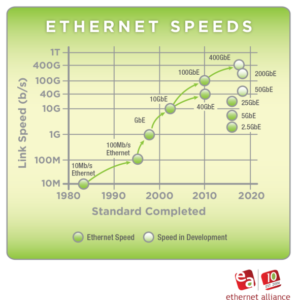Bending Loss – The Risks of Reusing Installed Fiber Cable
Due to its ultra-high data transmission capacity, ultra-low loss and installation flexibility, glass optical fiber is the most engery-efficient data transmission media available today. Optical fiber cables have been distributed worldwide to connect people and “things” together.
Stated by CRU’s Optical Fibre and Cable Monitor, last year, the global optical cable demand reached 318 million kilometers in the first three quarters of 2016.
As we mentioned in a previous blog, two types of optical fiber are available for different network environments and link distances:
- Multimode fiber (MMF) for short-reach links up to a few hundred meters, typically used in data centers environments
- Singlemode fiber (SMF) for long-reach links, such as in LANs, access networks, metro/transport networks and hyperscale data centers
Read full article



